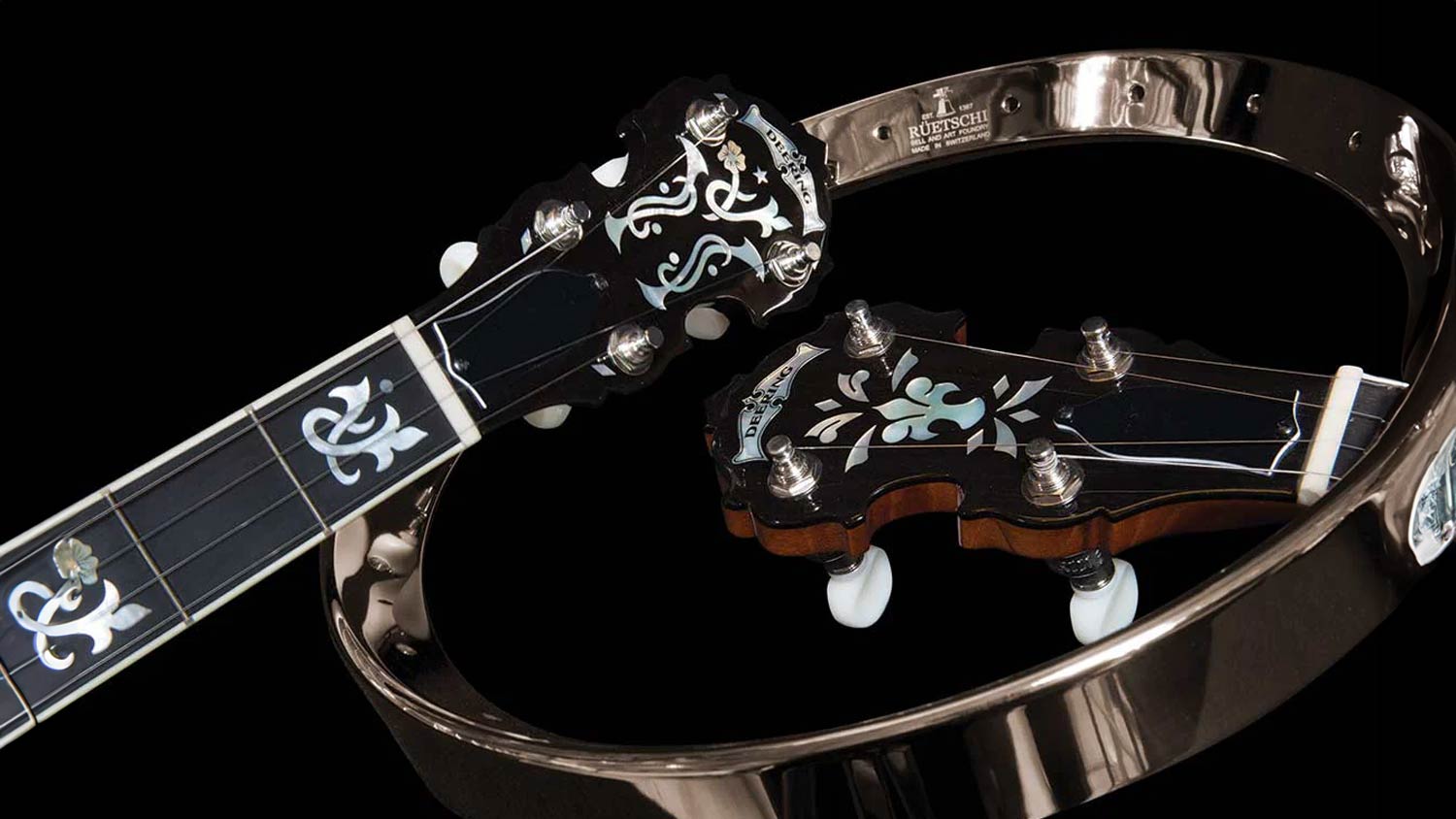Discover the Versatile Tenor Banjo: A 4-String Powerhouse
Often misunderstood but incredibly versatile, the tenor banjo is a unique 4-string instrument with a shorter neck than its 5-string counterparts. It typically comes in two scale types: 17-fret and 19-fret models. While its name might suggest a lower pitch, like a tenor vocalist or saxophone, the "tenor" in its name actually a bit of a mystery. Many believe one story that makes sense, though unconfirmed, is that it perhaps stems from its use during the early 20th-century American tango craze, where it was sometimes called a "tango banjo." Over time, "tango" may have simply morphed into "tenor."
Why Tenor Banjos Appeal to String Players
One of the most compelling aspects of the tenor banjo, especially for those who already play other stringed instruments, is its traditional tuning in perfect fifths. This is the same interval tuning used by the orchestral string family—violins, violas, and cellos (excluding the bass)—as well as the mandolin family, which includes the mandolin, mandola, and mandocello. If you're proficient on any of these instruments, you'll find picking up a tenor banjo remarkably intuitive, allowing you to start playing almost immediately!
Traditional Tunings and Their Uses
Tenor banjos are primarily used in traditional jazz and Irish music, and are typically played with a flat pick. In traditional jazz, you'll often find players strumming chords, while in Irish music, the focus is usually on single-note melodies.
There are two main traditional tunings, both utilizing fifths:
Standard Tenor Tuning - C, G, D, A - same as viola and cello (cello is an octave lower). Get strings for standard tenor tuning here!
Irish Tenor Tuning - G, D, A, E - same as mandolin and violin! Get strings for Irish tenor tuning here!
Chicago Tuning: A Guitarist's Gateway
For guitar players, there's a popular third tuning option called Chicago tuning (D-G-B-E). This tuning mimics the first four strings of a guitar, making it incredibly accessible for guitarists to transition to the tenor banjo and start playing without a steep learning curve.
The Benefits of Fifth-Based Tuning
When tuned in fifths, the tenor banjo offers some distinct advantages:
-
Wider Chord Voicings: The notes of a chord are spread out more broadly in pitch. This allows each individual note to ring out clearly, producing a richer, "fatter" tone compared to chords with notes clustered closer together.
-
Symmetrical Playing: The tuning in fifths creates a beautiful symmetry across all strings, simplifying the playing of scales, licks, and arpeggios. This consistency makes it easier to navigate the fretboard.
Beyond Tradition: Expanding the Tenor Banjo's Horizons
As a traditional jazz player myself, I'm captivated by the percussive nature of the tenor banjo. When a drummer isn't present, the banjo truly becomes the rhythmic backbone of the band—after all, a banjo is essentially a drum with strings!
While its traditional roles in New Orleans jazz and Irish music are iconic, the tenor banjo's versatile tuning allows it to excel in many other styles. Since it shares tuning with so many other stringed instruments, its potential is vast. I've personally found it works wonderfully for blues, funk, R&B, calypso, Colombian cumbia, and more! Take a listen to some of the different styles I've used it for here!
Unleash Your Creativity
Ready to explore the possibilities? Pick up a tenor banjo, choose the tuning that best suits your musical goals, and let your creativity guide you to discover all the amazing music you can make!
















The “tango” banjos were usually much smaller than today’s tenor. In fact, the Vega company marketed a four string tango banjo the same size as their mandolin-banjo, tuned GDAE at the same pitch as a violin or mandolin. They called this a “melody banjo” and was meant to be the “soprano” to the larger “tenor” tuned CGDA, same pitch as a viola or mandola. In the banjo orchestras of the time (early 1900’s) the tenor banjo was indeed pitched below the melody, but an octave above the cello banjo.
The small size 4-string banjo (“melody” as Vega called it) was used in popular tango music, and in New Orleans style jazz. Often musicians would play banjo-mandolins with only 4 strings instead of 8. Many old photographs of street bands bear this out. They were piercingly loud and could compete with trumpets and clarinets. The tenor size was more useful for chords. But better yet for chords were tenors with longer necks, often tuned in “Chicago tuning” — DGBE, like the first 4 strings of a guitar.
Within a few years, archtop guitars took the place of chording banjos in jazz orchestras, and banjo’s when used for chords were usually plectrum size, tuned CGBD.
One of the places you still see lots of shorter necked tenors being played is in the Philadelphia Mummers Parade at New Years, a throwback to the early banjo bands of a century ago.
Leave a comment